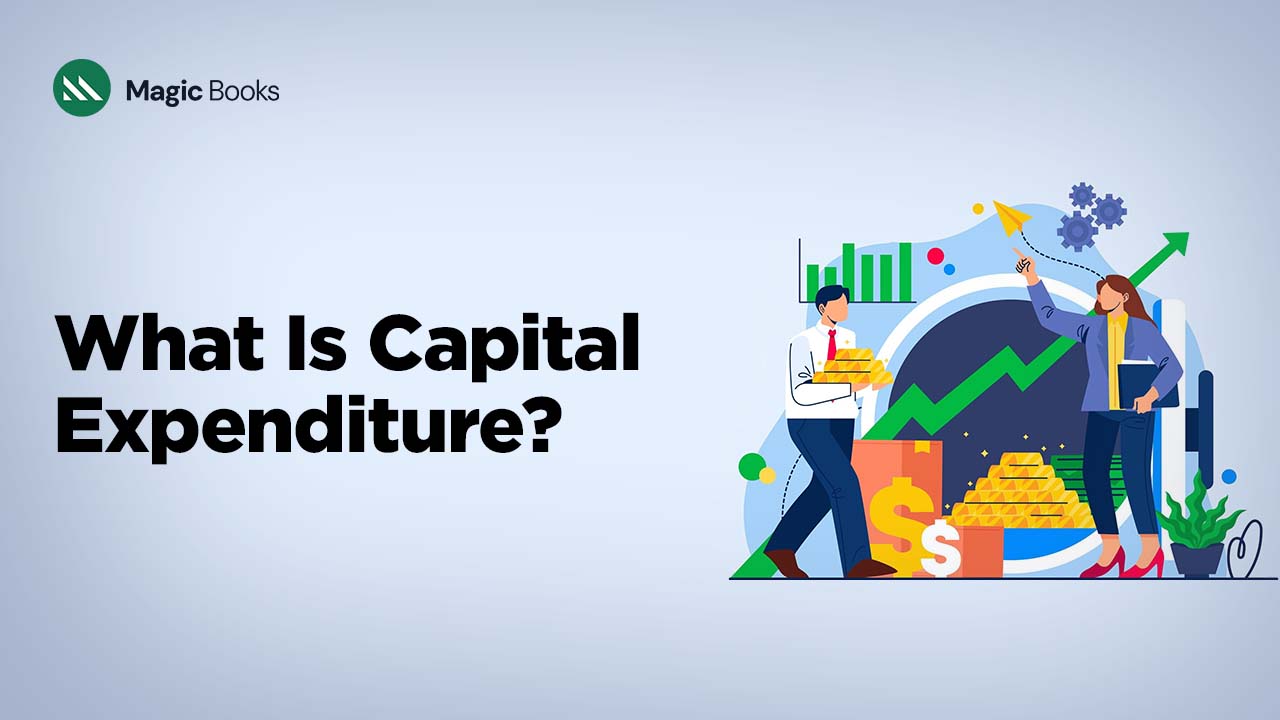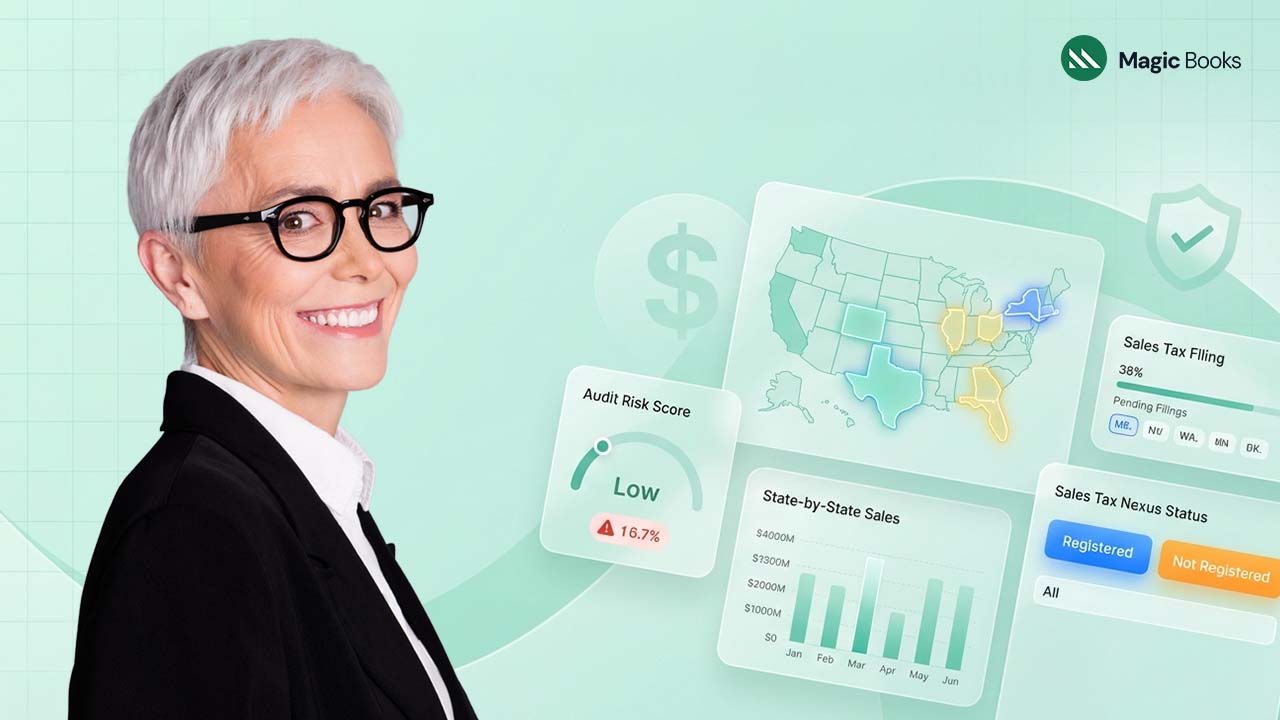If you operate a company and sink money into something like a new construction or just some machinery, then, you need to be concerned with the magnitude of the expense you’ve incurred. As a way to figure this out, you need to calculate capital expenditures. It will also assist you in viewing your investment income and which one of them actually costs you some bucks. In this article, you will discover how to calculate and apply capital expenditures, as well as some of the forms capital expenditures take.
But what is Capital Expenditure?
Capital Expenditure is the dollars a firm lays down to acquire, enhance, or maintain tangible assets such as property, plant, structure, technology, or equipment. In simple terms, while taking up a project or engaging in an investment activity, the business may be forced to spend money out of its Capital Expenditure. Capital Expenditure lets you know how much capital is used to invest in existing and new fixed assets for sustaining or expanding a business. It is an account that a company records and categorizes an expenditure on the balance sheet as an asset instead of using it to deduct from the income statement. For an asset to be capitalized the expenditure has to be computed over the useful life of the asset.
Formula and Calculation of Capital Expenditure
Capital Expenditure= PP&E (current period) – PP&E (prior period) + Depreciation (current period)
How much cash a company spends on things like equipment really depends on what industry it’s in. Some industries that need a lot of cash for their stuff have the biggest capital expenses. You can see Capital Expenditure in the cash flow from investing activities in a company’s cash flow statement. Companies usually show Capital Expenditure in different ways. It might pop up as capital spending, property purchases, plant and equipment (PP&E), or acquisition costs.
You can completely determine capital expenditures by examining a company’s income statement and balance sheet. First, examine the depreciation expense for this period on the income statement. Then, find the property, plant, and equipment balance for the current period on the balance sheet.
It depends upon the time duration for which the benefit is expected to last. If it is less than 1 year, then the same should be expensed on the income statement directly. But if more than 1 year, then the same must be capitalized as an asset on the balance sheet.
So, for example, if you buy office supplies, such as printer ink and paper, that is not an investing activity on the cash flow statement. It is an operating expense on the income statement. If you buy a building, though, that is going to benefit you for more than one year, so it is classified as a capital expenditure.
Types of capital expenditures
Not all big-ticket buys are a capital expenditure. A lot are, though. Capital Expenditure purchases stand out because they help move the company’s goals and growth plans forward. Generally, they’re (but not always) long-lasting, physical stuff.
Here are some usual examples of capital expenditures:
- Land and buildings
- Vehicles and heavy equipment
- Computer hardware and software
- Intangible stuff like patents, copyrights, and intellectual property (IP)
Some businesses classify certain upgrades and maintenance costs as capital expenses when they significantly increase the value or the life of an asset.
What are fixed assets?
Fixed assets are long-term tangible properties such as buildings, or equipment, such as machinery, that a company owns and uses to generate profit.
Fixed assets are fixed because the company isn’t expected to sell them (or use them to the point of exhaustion) within a year of their purchase. So they’re fixed.
On the balance sheet, these are often recorded as PP&E (property, plant, and equipment).
How does a capital expenditure appear on the three financial statements?
So, capital expenditures appear in different places on a company’s cash flow statement, balance sheet, and income statement. When they spend on purchases, it appears as a liability, but then the actual physical assets are listed as asset on all three financial statements.
To break it down a bit more, Capital Expenditure pops up on each financial statement like this:
- Capital expenditures are recorded on the balance sheet under the “property, plant and equipment (PPE) line item, which represents long-term assets such as buildings, vehicles, or machinery. It is listed in the long-term section of the balance sheet and depreciates over time.
- Capital expenditures are reported on the income statement under long-term investments or non-operating expenses. They are subtracted from total revenues to calculate net income for the period.
- A company will report capital expenditures as an outflow from operating activities. On the cash flow statement, they find a place under the investing activities section. They can be used to determine the amount of money spent acquiring new assets in the previous reporting period.
Importance of Capital Expenditures
Decisions concerning the amount of capital to spend can often be very critical decisions for an organization. They are necessary for the following reasons:
1. Long-term Impacts
Usually, capital-spending decisions have an impact that extends forward in time. Primarily, it is a consequence of preceding capital expenditures. So are current investment decisions affecting the firm’s future operations directly caused by them?
Deciding where to put your money is super important for where the organization is headed. Before you can start spending on big stuff, the company’s got to have its long-term goals and budget sorted out.
2. You can’t take it back.
A. It is generally impossible to recover capital expenditures without adversely affecting the company’s income. Most types of capital equipment are ordered directly from manufacturers or are structured to fit specific company needs and requirements. The used-capital-equipment market is, in general, pitiful.
3. High Initial Costs
Capital expenditures can really cost an arm and a leg, especially for firms in manufacturing, telecom, utilities, and oil exploration. There is potential down the line from investing in such things as buildings, equipment, or property; however, upfront, a good deal of cash must be shelled out.
4. Depreciation
So, capital expenditures start things off by increasing an organization’s asset accounts. However, once those capital assets are all set up, they begin to depreciate in value over time because of depreciation as they age.
Problems with Capital Expenditures
While choosing capital expenditures is very crucial, it makes things a little more complicated:
1. Measurement Problems
Calculating, measuring, and estimating the costs associated with capital expenditures can be quite complex.
2. Unpredictability
Investments undertaken by organizations in capital assets in expectation of getting predictable results. The fact is that these results are not certain and that loss is also possible. Capital expenditure decisions are primarily uncertain as far as their cost and benefits are concerned. No one, however great a forecaster he is, can make infallible forecasts. While making financial plans, an organization needs to incorporate the risks, even though total elimination of the risk is not possible.
Do capital expenditures have tax effects?
On the expense side, companies should be careful with how they reflect expenses on the books and how they pay taxes on those assets.
How is depreciation calculated?
Depreciation is an accounting technique that allocates the cost of capital expenditure over its expected useful life.
Basically, it’s how businesses and organizations keep track of the wear and tear on their stuff over time. They can also lower their taxable income by writing off a chunk of the cost of an asset as an expense every year.
So, if a business owner buys a new company truck for $50,000, then depreciation is the way to smooth out the tax hit from that purchase over time.
If we believe the truck will last for about 10 years, the company can write off $5,000 per year as depreciation for those 10 years.
Therefore, every year, the company can write off that $5,000 depreciation as a tax expense, which helps reduce their taxable income by that amount.
This is pretty cool because it lets companies spread out the cost of big purchases over time and not get stuck with too much debt when they buy stuff.
Smart budgeting for capital expenses.
Big capital projects doling out tons of cash can get out of hand pretty quickly if not managed correctly and end up costing the company a whole bunch. But hey, with solid planning, the right tools, and good project management, it doesn’t have to be like that.
Check out these tips to ensure budgeting goes smoothly for capital expenditures:
1. What the structure is for you should be determined before you start your work.
Budgets of capital expenditures have to be well prepared much in advance of the actual budget period. They may overrun otherwise. There is a need to set objectives of projects, set workable timelines and ensure the work plan has been checked and authenticated.
Next, you need to specify the amount of resources going to be required to complete the project including people, materials, cash, and services. If you want a better budget ensure that you have all the details in place once you wish to begin.
2. Plan for the Future
Therefore, when you begin your capital expenditure project, you need to decide whether you will be borrowing a capital asset or you will part of the capital by investing some of your cash. If you decide, for example, that you have to save for it, then that often means you will have to wait until you get a possessive interest in the particular asset that you need.
thus borrowing leads to higher debt and can also lead to an issue with the borrowing power in the future. Each can be the right choice for your company and it might be that different choices need to be made for other projects.
3. Choose Effective Budgeting Software
A realistic and dependable budgeting management program needs to be chosen from the very onset of the project. The types of budgeting software you will use depends on several of them including; the scale of the project, the speed at which the software is completing the computation, and the likelihood of the occurrence of an error.
4. Accurate Data Capture
The data that we gather have to be accurate especially if you care about the outcome of the capital project management. You need to acquire the right data to make you prepare the budget properly and yield valuable reports.
5. Levels of Detail Should Be Optimal
If you focus too much on detail, you’re going to spend an enormous amount of time just amassing the information for the budget, and when it’s finally done, potentially outdated. But if you’re not providing enough detail, the budget becomes vague and not very informative. It’s all about finding that happy medium.
6. Establish Clear Policies
Since the management of capital expenditures in a large organization may involve numerous employees, departments, or even regions, clear policies for everyone should be put in place to put the budget on track.
Innovations in the Capital Expenditure
Businesses are on the brink of a new era where new-age technology and innovative thinking are making the Capital Expenditure process smoother and better. Let’s dive into how these modern tools and techniques are upgrading the traditional Capital Expenditure formula for more accurate results.
Big Data Integration: Most modern companies incorporate big data to provide feed into the Capital Expenditure formula for more accurate financial projections. Based on an analysis of huge amounts of data, organizations can detect certain patterns and even predict capital needs in the near future. With this kind of approach, over or under-capitalization will greatly be avoided on capital projects.
Enhanced Reporting Capabilities: Innovations in reporting tools make the insights of the Capital Expenditure formula more accessible and understandable to stakeholders. Real-time dashboards and interactive reports assist managers in timely decisions about capital allocation. Better visualization of trends and forecasts in Capital Expenditure spending empowers strategic planning and reporting to investors.
Collaborative Financial Planning: Cloud computing has brought a change that allowed the development of collaborative environments wherein cross-departmental input is possible in the Capital Expenditure formula. Data and insights can come from teams that work in various functions, creating a more holistic view of what Capital Expenditure might need. Capital expenditure, hence, would then be aligned with the overall company strategy and the requirements of its operations, increasing competitiveness in investment.



